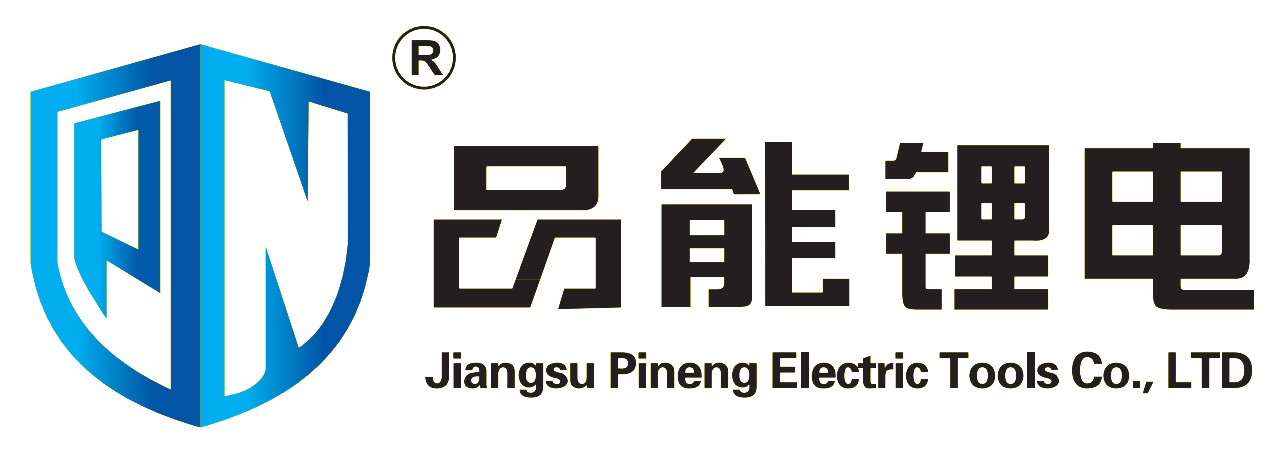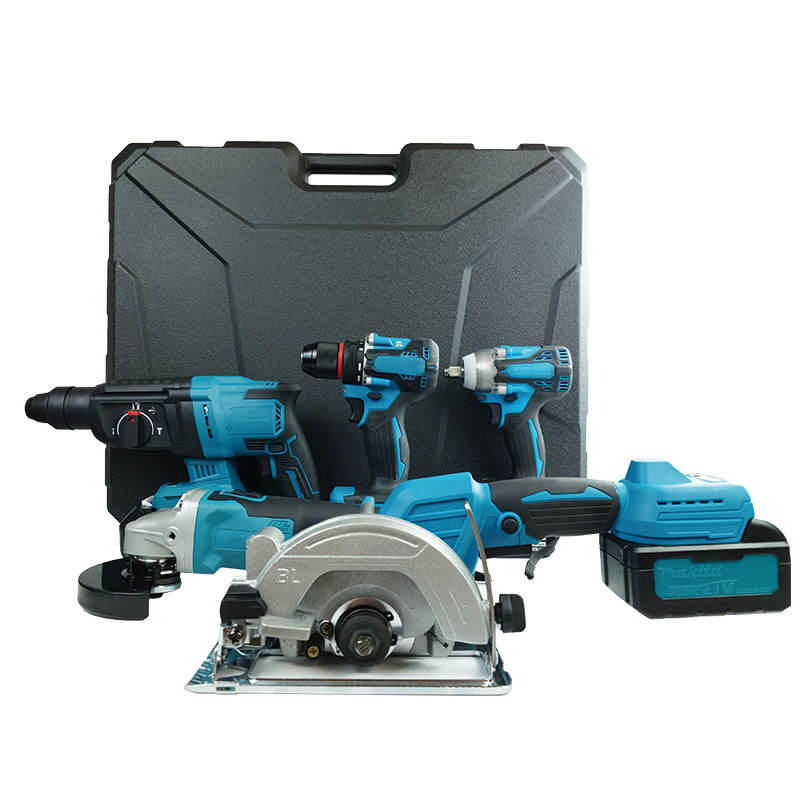Understanding the Power Behind Rotary Hammer Technology
When it comes to tackling tough masonry projects, a rotary hammer stands as the undisputed champion among power tools. This sophisticated piece of equipment combines the rotational force of a standard drill with a powerful hammering action, delivering exceptional performance that regular drills simply cannot match. The unique mechanism within a rotary hammer creates both a spinning and pounding motion, allowing it to power through concrete, stone, and other dense materials with remarkable efficiency.
Professional contractors and serious DIY enthusiasts recognize that while regular drills might suffice for basic household tasks, the rotary hammer's specialized design makes it indispensable for demanding masonry work. The tool's ability to generate substantial impact force, measured in joules, sets it apart from conventional drills and makes it the go-to choice for heavy-duty applications.
Core Components and Mechanical Advantages
Advanced Impact Mechanism
The heart of a rotary hammer's superior performance lies in its sophisticated impact mechanism. Unlike regular drills that rely solely on rotational force, rotary hammers employ a pneumatic hammering system. This system uses a piston and striker mechanism that delivers thousands of powerful blows per minute, dramatically increasing the tool's ability to penetrate hard surfaces. The impact energy is transferred directly to the drill bit, creating a jackhammer-like effect that pulverizes material while the bit rotates.
This combination of movements allows the rotary hammer to work smarter, not harder. The hammering action breaks up the material while the rotation clears away debris, resulting in significantly faster progress compared to traditional drilling methods. The system also reduces user fatigue since less pressure needs to be applied to achieve results.
Specialized Chuck and Bit Design
Rotary hammers feature a robust SDS (Special Direct System) chuck designed specifically for heavy-duty applications. This chuck system allows for quick bit changes and superior power transfer compared to the standard chuck found on regular drills. The SDS design also enables the bit to move slightly within the chuck, optimizing the hammering action while maintaining rotational drive.
The bits themselves are engineered differently from regular drill bits, with reinforced shanks and carbide tips that can withstand the intense hammering action. This specialized construction ensures longer bit life and maintains drilling efficiency even in the most challenging materials.

Performance Capabilities and Applications
Material Penetration Power
When it comes to penetrating tough materials, the rotary hammer demonstrates its true superiority. While a regular drill might struggle or completely fail to penetrate reinforced concrete, a rotary hammer can efficiently drill holes up to several inches in diameter. This exceptional capability stems from its higher impact energy and specialized mechanism, allowing it to tackle projects that would be impossible with conventional drills.
The tool's effectiveness becomes particularly evident when working with materials like concrete, brick, stone, and other dense substances. Projects that might take hours with a regular drill can be completed in minutes with a rotary hammer, significantly improving productivity and reducing worker fatigue.
Versatility in Operating Modes
Modern rotary hammers typically offer multiple operating modes, providing versatility that regular drills cannot match. Users can select between rotation-only for standard drilling, hammer-only for chiseling applications, and rotation plus hammer for maximum drilling efficiency in masonry. This flexibility makes the rotary hammer an extremely valuable tool for various construction and renovation projects.
The ability to switch between modes allows professionals to use a single tool for multiple applications, from installing anchors and drilling mounting holes to breaking up small sections of concrete or removing tiles. This versatility not only saves time but also reduces the need for multiple specialized tools.
Efficiency and Time-Saving Benefits
Speed and Productivity Gains
The enhanced efficiency of a rotary hammer translates directly into significant time savings on the job site. Tasks that might require hours with a regular drill can often be completed in a fraction of the time. This improved speed not only increases productivity but also reduces labor costs and project timelines. Professional contractors particularly appreciate this aspect when working on large-scale projects or tight deadlines.
The tool's superior performance also means less physical effort is required from the operator. While a regular drill often needs considerable pressure to make progress in hard materials, a rotary hammer's powerful mechanism does most of the work, allowing for longer periods of use with less fatigue.
Long-Term Cost Benefits
Although rotary hammers typically represent a higher initial investment compared to regular drills, their durability and efficiency often result in significant long-term cost savings. The reduced wear on bits, faster completion of tasks, and ability to handle demanding projects make them a wise investment for professionals and serious DIY enthusiasts alike.
The tool's robust construction and specialized components are designed to withstand heavy use in challenging conditions, resulting in a longer service life compared to regular drills used for similar applications. This durability, combined with increased productivity, typically provides an excellent return on investment for users who regularly work with masonry materials.
Frequently Asked Questions
Can a rotary hammer completely replace my regular drill?
While a rotary hammer excels at masonry work, it's not designed to replace a regular drill for all applications. Regular drills are still preferable for precise work in wood, metal, and other softer materials where the rotary hammer's power might be excessive.
What size rotary hammer do I need for typical home projects?
For most home renovation and DIY projects, a mid-sized rotary hammer with 2-8 joules of impact energy is suitable. This size provides enough power for common tasks while remaining manageable and versatile.
How long do rotary hammer bits typically last?
With proper use and maintenance, quality rotary hammer bits can last through numerous projects. However, lifespan varies significantly based on the material being drilled, frequency of use, and whether the bit is matched appropriately to the task.


